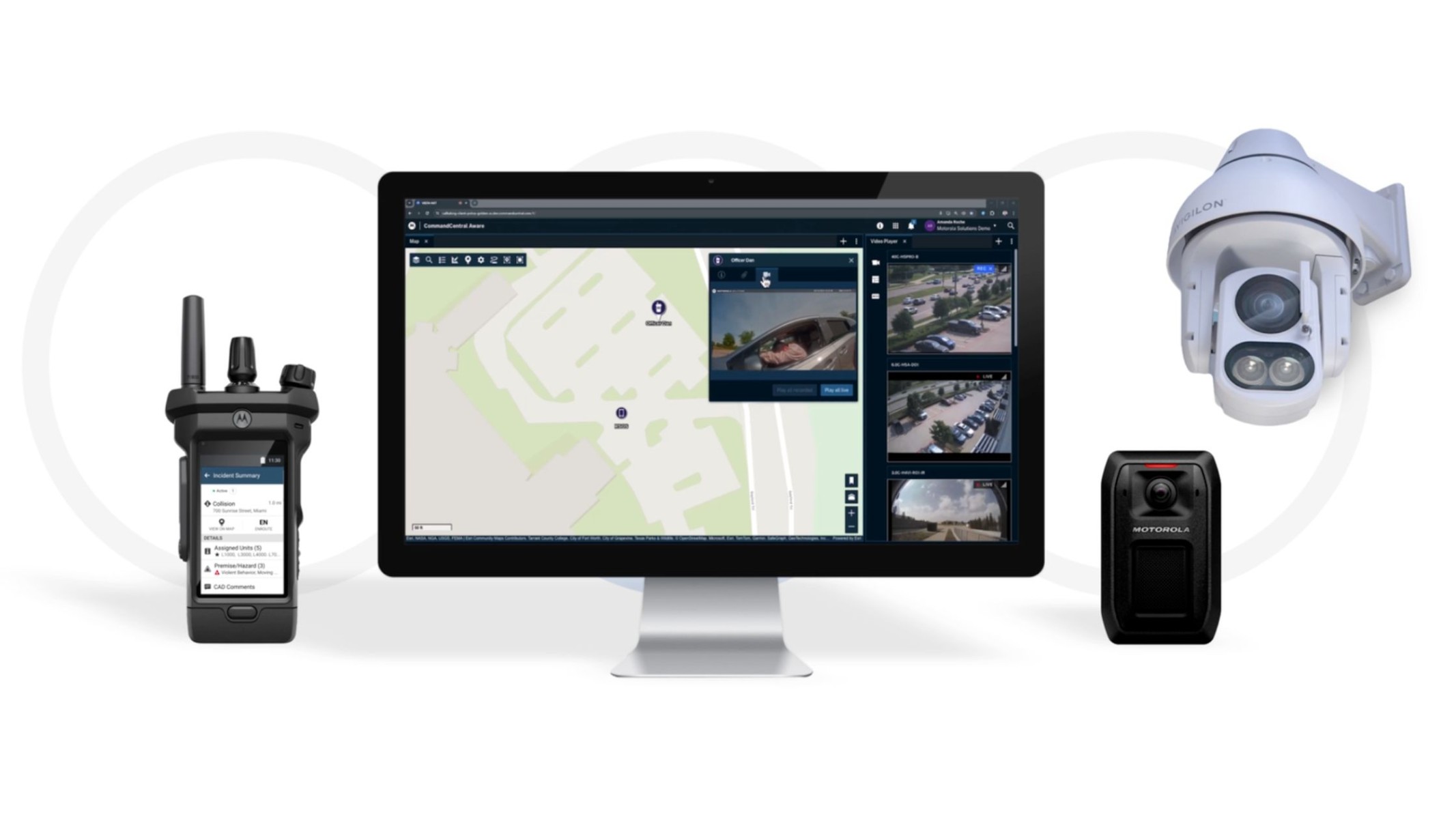What Physical Security Measures Are Required for HIPAA, PCI, or CMMC Compliance?
In heavily regulated industries, physical security is a foundational part of compliance. Whether you’re in healthcare, finance, or a defense-adjacent sector, failing to meet physical security requirements can lead to audits, fines, or even loss of certification.
Let’s break down what’s expected under HIPAA, PCI-DSS, and CMMC, as well as the core physical security controls your organization should have in place.
Why Physical Security Matters in Compliance
Data breaches are often thought of as purely digital events. In reality, many begin with a physical vulnerability, such as an unlocked server room, a stolen access card, or unauthorized individuals entering sensitive areas.
Regulatory bodies recognize this. That’s why they mandate physical controls to protect environments where sensitive data is stored, accessed, or transmitted.
HIPAA (Health Insurance Portability and Accountability Act)
Who it applies to: Hospitals, clinics, insurance providers, and any organization handling protected health information (PHI).
Physical Security Requirements Include:
- Access Controls to restrict physical access to workstations and servers containing PHI
- Security Cameras to monitor access to sensitive areas like data closets and records rooms
- Visitor Management Systems to log who is entering and exiting healthcare facilities
- Device & Media Controls to track and secure equipment containing patient data
Key Tip: HIPAA doesn’t prescribe specific technology, but mandates that “reasonable and appropriate” safeguards must be implemented.
PCI-DSS (Payment Card Industry Data Security Standard)
Who it applies to: Any business that stores, processes, or transmits credit card data.
Physical Security Requirements Include:
- Surveillance Systems to monitor entry points and sensitive areas
- Badge or Card Access Control to restrict unauthorized entry into data centers and server rooms
- Unique Identification for Access to log and audit employee movements
- Escort Policies for third-party visitors or maintenance staff
Key Tip: PCI compliance often requires video retention for at least 90 days and clear audit trails for physical access.
CMMC (Cybersecurity Maturity Model Certification)
Who it applies to: Contractors and subcontractors working with the U.S. Department of Defense.
Physical Security Requirements Include:
- Controlled Access to facilities housing federal contract information (FCI) or controlled unclassified information (CUI)
- Visitor Access Logs and authorization procedures
- Monitoring Systems to detect and respond to unauthorized physical access
- Physical Barriers like locked cabinets, door controls, and secure perimeters
Key Tip: CMMC Level 2 and above require robust documentation and evidence of physical security controls as part of overall cybersecurity hygiene.
Common Physical Security Technologies That Support Compliance
Regardless of the framework, these technologies can help satisfy compliance requirements:
- Access Control Systems (key cards, biometrics, cloud-based credentials)
- Surveillance Cameras with searchable video, alerts, and retention settings
- Visitor Management Platforms that log check-ins and print badges
- Environmental Sensors for temperature, motion, and door status monitoring
- Cloud Dashboards for centralized management and audit logging
Compliance Is a Moving Target. Your Security Shouldn’t Be.
Whether you’re preparing for a HIPAA audit, a PCI reassessment, or CMMC certification, physical security is a critical part of the equation, and often one of the most overlooked.
At Hoosier Security, we help organizations design and implement security solutions that don’t just protect assets—they stand up to regulatory scrutiny. We understand the nuances of each framework and can ensure your system is audit-ready and built to scale.
Need help aligning your physical security strategy with compliance goals?
Let’s talk. Contact us today.









